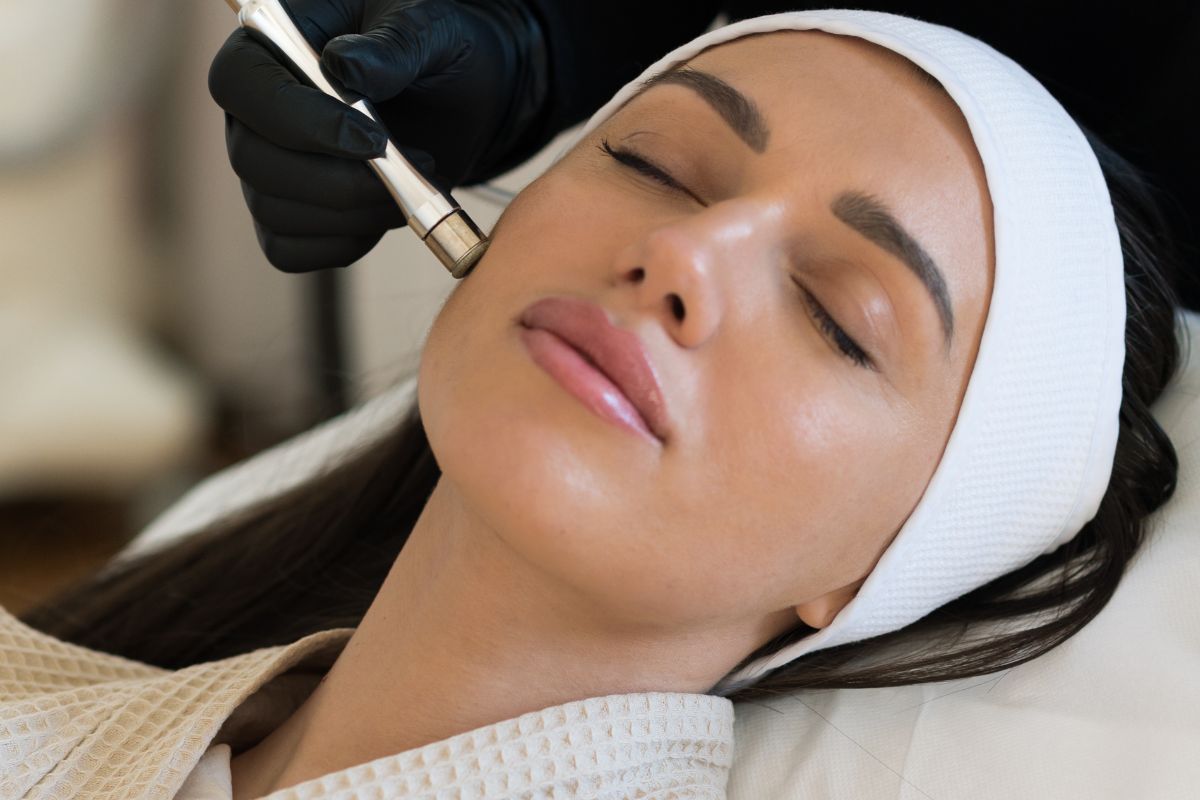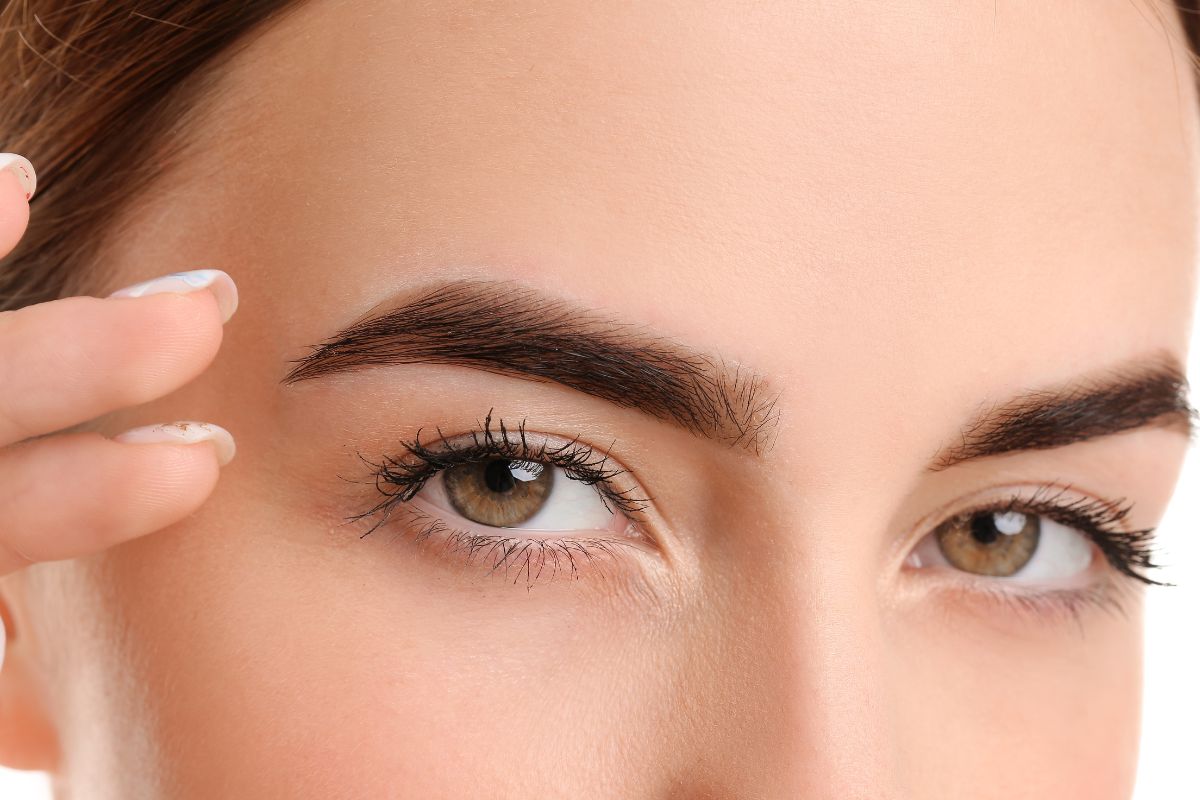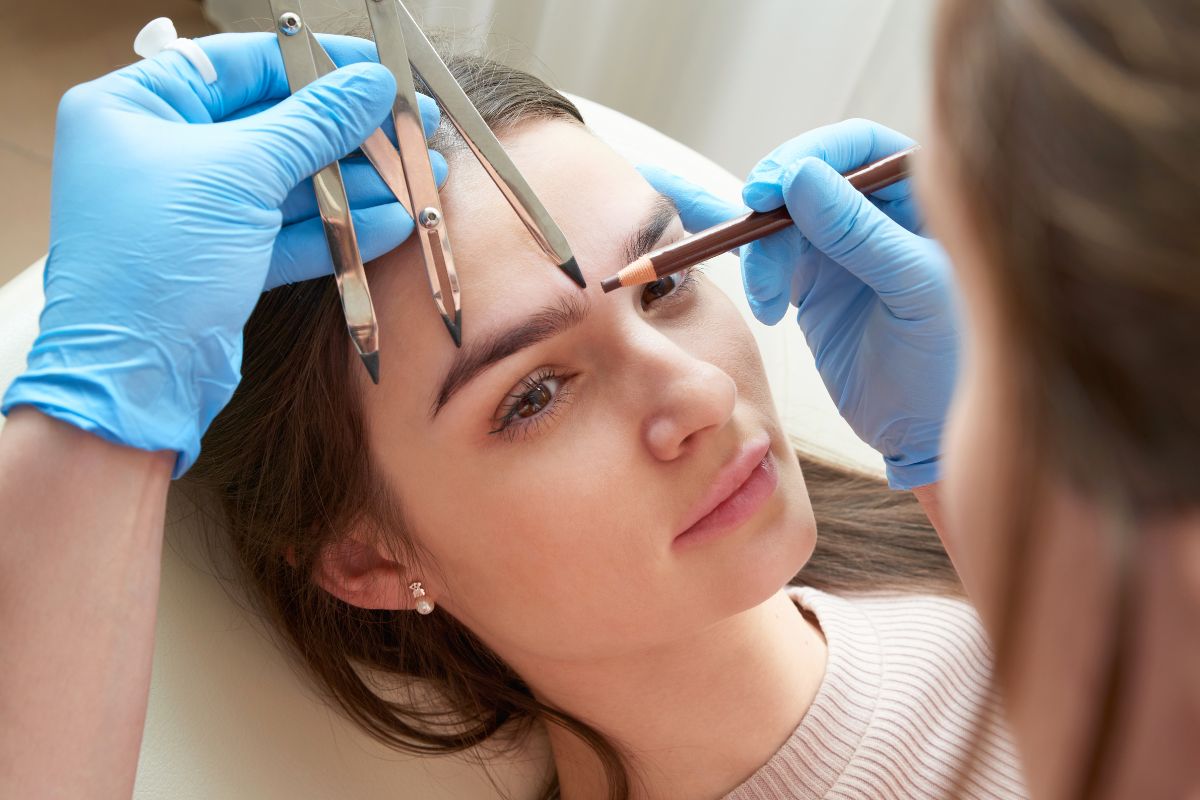Most Popular Hair Extensions: Safest to the Most Dangerous
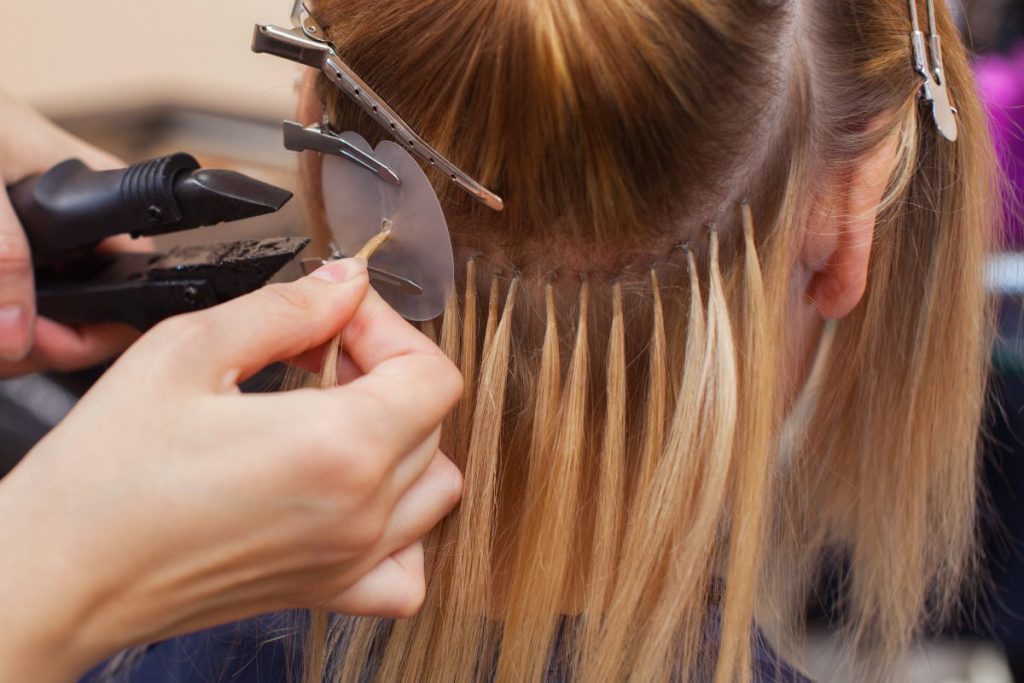
Published June 16, 2023
Hair extensions have become a go-to solution for many. They offer the opportunity to add length and volume. You can even experiment with different colors without the commitment of permanent changes.
In this article, we’ll explore the most popular hair extension methods. We’ll start the list with safe hair extensions and move toward the most damaging options.
Hair Extensions: From Safest to Most Damaging
Beaded Weft Hair Extensions
Beaded Weft hair extensions are hair extensions that don’t damage hair. They have gained immense popularity due to their non-damaging nature. It requires a weft of hair sewn into a row along the back of the head. This method offers a secure attachment.
The weight of the extensions is distributed, minimizing stress on your natural hair. Beaded weft hair extensions provide a stunning transformation without compromising your natural hair.
Tape-in Hair Extensions
Tape-in hair extensions have become a common choice for quick and easy application. Yet, it’s important to approach this method with caution.
The extensions are bonded to your natural hair using adhesive tapes. While the process is simple, the weight of the extensions can cause stress on your hair and scalp.
Micro-Link Hair Extensions
Micro-link hair extensions are also known as micro bead or cold fusion extensions. This method offers a semi-permanent solution.
Tiny beads link the extension hair to your natural hair, creating a seamless blend. While some salons claim that they won’t cause damage when applied, it is important to know the risks.
The tension and stress placed on your natural hair can result in matting, tangling, and hair loss.
Keratin Bond Hair Extensions
Keratin bond hair extensions use keratin-based glue to fuse the extension hair. This method requires heating the glue and attaching the extensions strand by strand.
Although it provides a natural look, the direct attachment of extensions to your hair can be straining. The weight of the extensions, with potential matting and tangling, can increase damage.
Braid and Sew Hair Extensions
The braid and sew method is a traditional form of extension. It involves braiding your hair into rows and sewing a weft of hair onto the braids.
While it provides long-lasting results, the tension on your natural hair can be high. Over time, this tension may lead to severe bald spots. Thus, proper installation and regular maintenance are important.
How Hair Extensions Can Damage Natural Hair
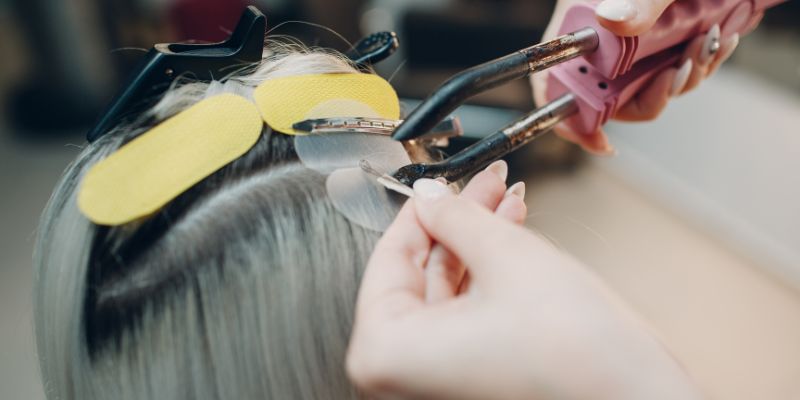
Poor Application
Many hair extension courses can be completed in a day or online. No prior experience is required, and no follow-ups. So, trust your hair with a specialist with expertise in extensions.
It’s a different skill set, so seek someone passionate about enhancing their craft. Certificates and a thirst for knowledge are telltale signs of a dedicated professional.
Weak Aftercare
Nobody wants to hear that maintaining extensions requires effort. But it’s the truth. Proper care and new habits are needed to keep those extensions in top-notch condition.
Beware of extensionists who focus on the sale over providing clear aftercare instructions. Each individual requires tailored guidance on washing, styling, and product usage.
Bad Habits
Following aftercare guidelines isn’t rocket science, but it requires mindfulness. Take a moment to think before you handle your precious locks. Consistency is key.
It’s easy to forget when you’re half asleep or rushing in after a wild night out. Trust us; you don’t want to be caught off guard by the hair shedding that may occur unnoticed.
Be vigilant from the get-go and focus on aftercare before potential damage occurs.
Aggressive Removal
Proper removal is just as crucial as a flawless application. It’s a skill that takes time to master. Extensions aren’t tricky to remove. But untangling knots and matted hair can prove challenging.
An aggressive removal can break your hair or, worst-case scenario, pull it out from the roots. Your removal process should never be a painful ordeal. If it is, you must question your extensionist’s approach.
A responsible professional will guide you and address any issues during removal.
Final Thoughts
Your natural hair is important. Choosing safe hair extensions means choosing reputable and experienced professionals. They should engage in thorough consultations and follow personalized aftercare practices. You can enjoy beautiful extensions and ensure the health of your hair.
Lease Salon Space In Royal Palm Beach Florida
Fulfill your dreams and be your own boss when you lease salon space in Palm Beach Florida with us. Our beautiful salon spaces come with complimentary laundry and cleaning services and a flexible lease agreement you can afford. Our salon suites come with many amenities including free cleaning service, televisions, storage space, and more. Contact us now to book a tour or learn more.
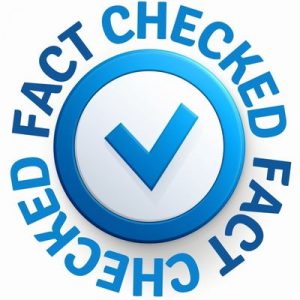
Fact Checked By Experts
Our team of internal experts diligently fact-checked this content to ensure accuracy and reliability. Find detailed information about the rigorous editorial standards we uphold for our website.

About The Author
Meet Rei Bayucca: a versatile and seasoned writer who has ventured through diverse fields. With a passion for producing insightful and meticulously-crafted pieces, she aims to promote enlightenment and engagement among her readers.
